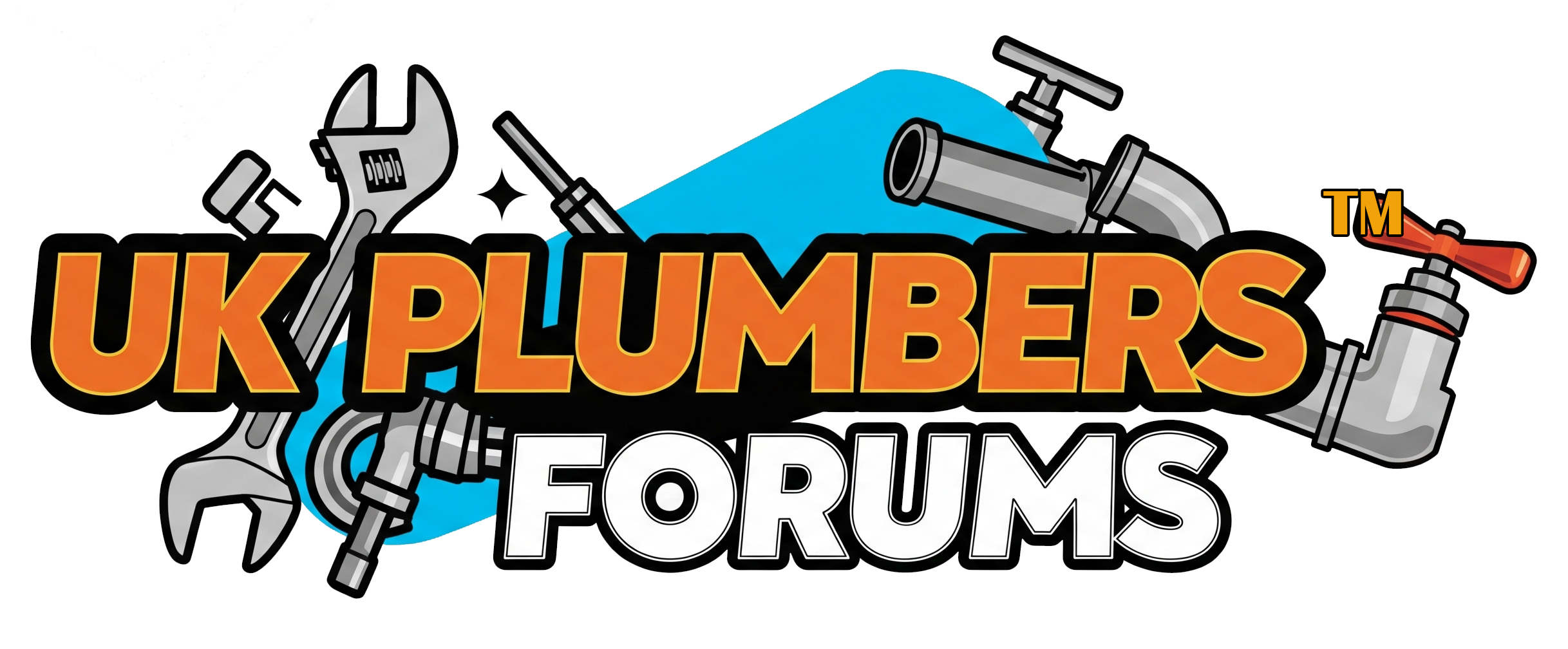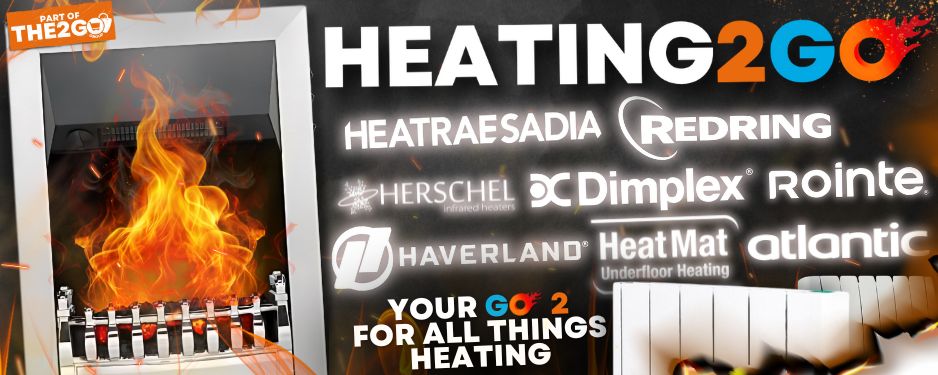Hi all!
I'm in the process of fitting a replacement undersink water heater in my shed and, as advised in the instructions (yes, I know, what am I doing reading those!), it reccommends connecting to the inlet and outlet using SS braided flexible hoses. Nothing wrong there me thinks.
I dropped into Toolstation this morning and picked up a couple with the isolation valves built in to the hose:

 www.toolstation.com
www.toolstation.com
and noticed when fitting them that the ball valves have an arrow on them, presumably indicating intended direction of flow. What's that all about?
I can't reverse one as the fittings at either end are different (15mm compression x 1/2" flange fitting) and I can't recall any mention of the same hose having a different direction arrow on it. Does it really make any difference?
TIA,
Richard.
I'm in the process of fitting a replacement undersink water heater in my shed and, as advised in the instructions (yes, I know, what am I doing reading those!), it reccommends connecting to the inlet and outlet using SS braided flexible hoses. Nothing wrong there me thinks.
I dropped into Toolstation this morning and picked up a couple with the isolation valves built in to the hose:

Flexible Tap Connector with Isolating Valve
Stainless steel over braided EPDM rubber tube with nickel plated brass fittings. 15 bar max working pressure with 70°C max temp.
and noticed when fitting them that the ball valves have an arrow on them, presumably indicating intended direction of flow. What's that all about?
I can't reverse one as the fittings at either end are different (15mm compression x 1/2" flange fitting) and I can't recall any mention of the same hose having a different direction arrow on it. Does it really make any difference?
TIA,
Richard.


